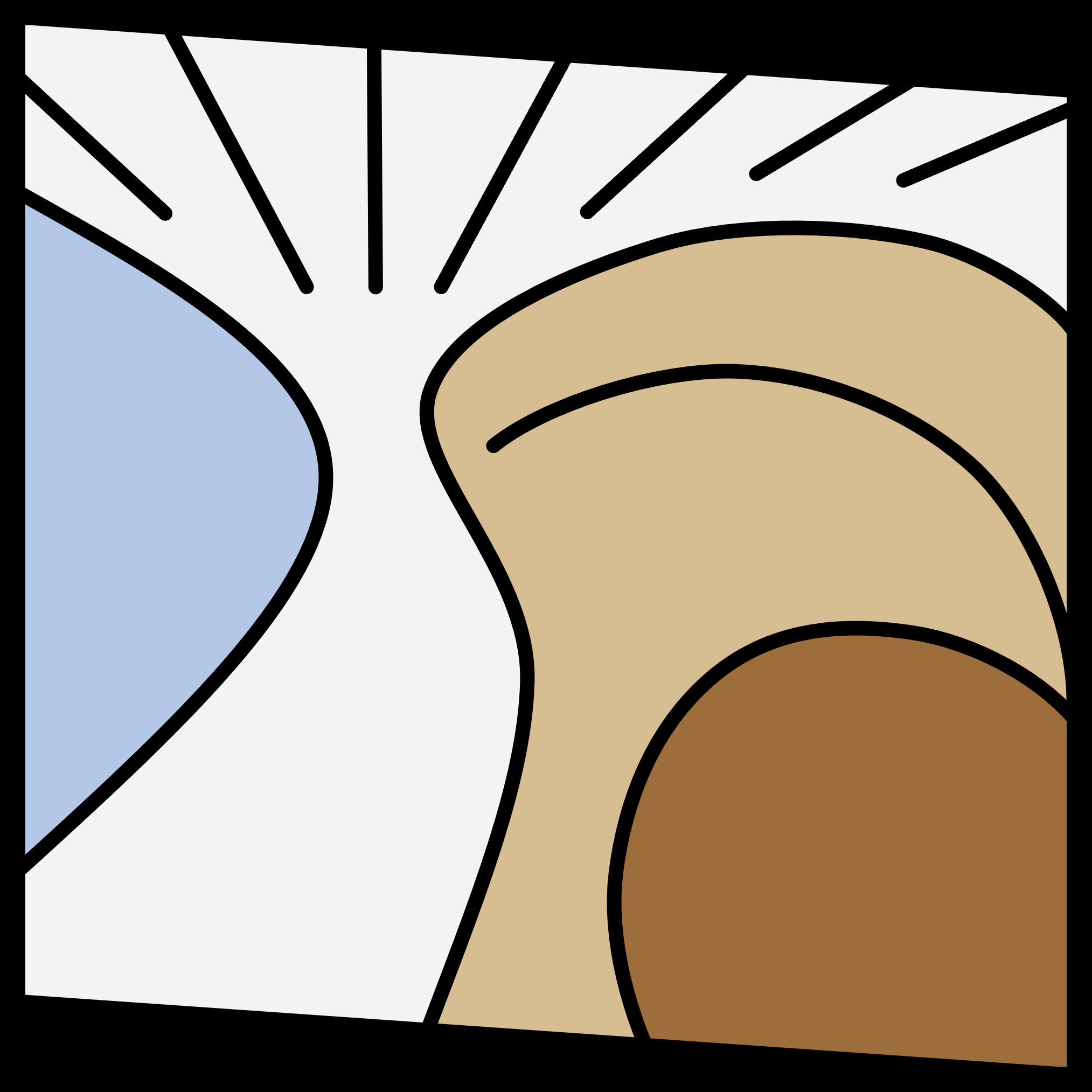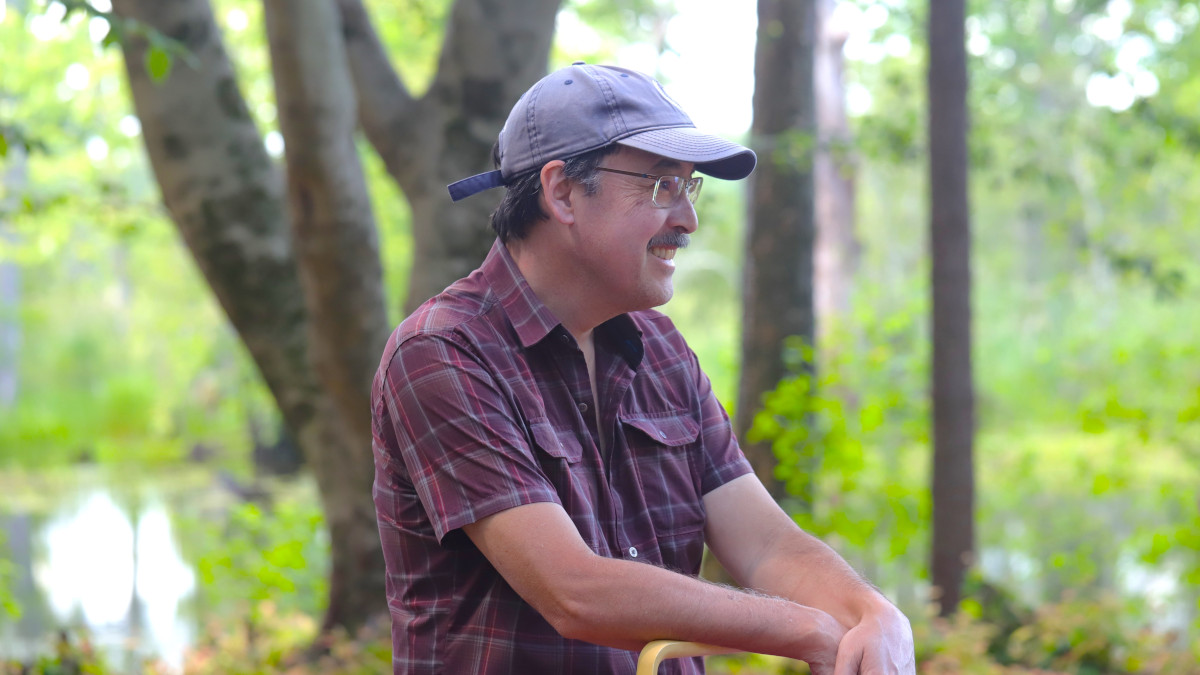I am a professor in the Biology Department at Clark University, where I have worked since 1999. My interests in Lentinus go back to my graduate school days at Duke University, where I earned a PhD in 1991 with Rytas Vilgalys. I was drawn to fungi by the beauty and diversity of mushroom fruiting body forms. Nevertheless, my PhD research focused almost entirely on molecular systematics, which was a new field at the time. After graduate school, I wanted to get back to morphology and study developmental morphology. I was fortunate to receive a postdoctoral fellowship from the Japan Society for the Promotion of Science, which took me to the Tottori Mycological Institute in Japan. There, I worked with Akihiko Tsuneda and Shigeyuki Murakami, who taught me how to grow mushrooms in culture and use a scanning electron microscope. We published several papers on development and cytology of “lentinoid” fungi, including one paper on genetics and development of the secotioid form of Lentinus tigrinus.
After Tottori, I came back to the United States for a second post-doc and returned to molecular systematics, with occasional forays into paleomycology, phyloinformatics, and taxonomic theory. One of the great things about being a professor is that you can work on whatever you want. In recent years, I’ve resumed research on Lentinus, first with a former PhD student, Jaya Seelan, who did beautiful phylogenetic work on the genus and is now at the Universiti Malaysia Sabah. Next, I studied genomics of L. tigrinus, with another PhD student, Alicia Knudson, post-doc Baojun Wu, and others. We produced one publication, presenting two genomes of L. tigrinus and genetic analyses that aimed to identify the gene(s) responsible for the secotioid form. Now, I have a new project on Lentinus, with the wonderful people described on these pages. One of the most enjoyable aspects of the current research is fieldwork, which we are conducting at the stunning Ipswich River Wildlife Sanctuary of the Massachusetts Audubon Society. If you’d like to hear more about our work, please don’t hesitate to get in touch.

